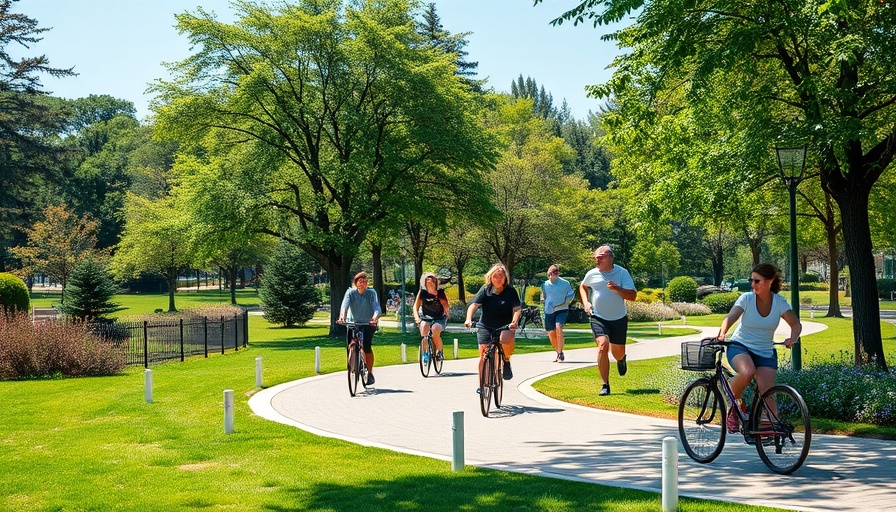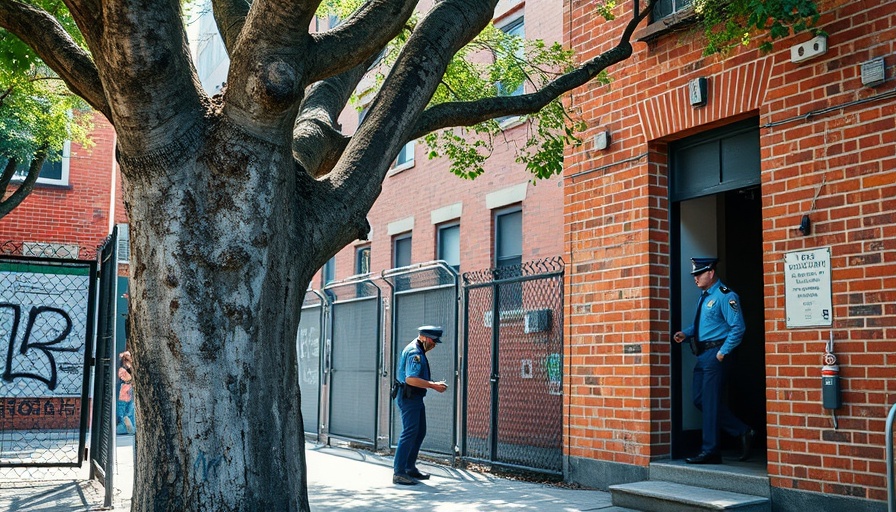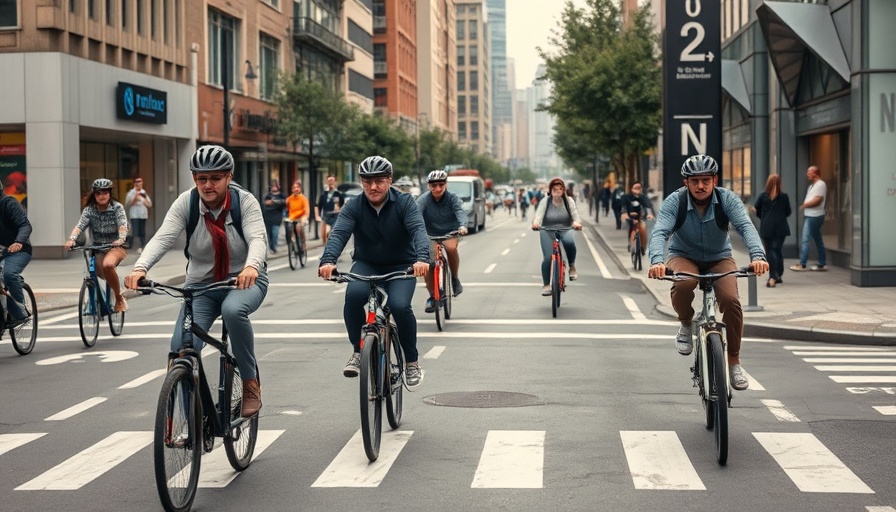
Revamping Central Park: A Milestone for Pedestrian Safety
Starting March 17, the iconic Central Park will undergo significant changes to ensure a safer environment for its 42 million annual visitors. The New York City Department of Transportation (NYC DOT) is launching a redesign project aimed at separating pedestrian and cyclist traffic on the park's six-mile loop, a response to escalating safety concerns due to frequent collisions.
The announcement comes after a series of alarming statistics: over 500 pedestrian-bicycle collisions reported from 2018 to 2022, with one fatality adding urgency to the redesign. "Our parks are essential, and it’s critical that they are safe and welcoming for everyone who enjoys them," said NYC DOT Commissioner Ydanis Rodriguez. This initiative seeks to reclaim space once dedicated to vehicle traffic, ensuring a more organized and predictable user experience.
Understanding the Design: A Clear Path for Everyone
The redesign plans include the introduction of distinct lanes: one for pedestrians, another for slower bicycles, and a third for faster cycles and emergency vehicles. This three-lane approach aims to streamline the flow of movement in the park, which is particularly crucial during peak visitation periods. Central Park Conservancy’s VP of Government Relations, David Saltonstall, emphasized the need for a more intuitive layout, advocating that clear separation could significantly reduce conflicts.
Long-Term Benefits for New Yorkers and Visitors
This project doesn't just aim to fix immediate safety concerns; it serves as a long-term investment in the city's recreational infrastructure. The first phase, expected to be completed by May, will lay the groundwork for future enhancements. The northern loop's redesign is already set for 2026, showcasing a comprehensive vision for the park's evolution.
Lessons Learned: The Importance of Adaptability
As every New Yorker knows, Central Park serves as an essential urban retreat amidst the city’s hustle and bustle. Its capacity to adapt to changing needs and usage patterns is paramount to sustaining its role as a beloved green space. In light of rising numbers of cyclists and pedestrians, these modifications reflect a commitment to fostering a dynamic environment where everyone can coexist safely.
Your Role in Embracing These Changes
As these renovations begin, park visitors are encouraged to stay informed about the timeline and operations. The dynamics of urban parks are continually evolving; supporting these initiatives is crucial for fostering safer neighborhoods and enhancing public spaces. Engage with local community boards and participate in discussions about ongoing developments—your voice can influence future enhancements.
 Add Row
Add Row  Add
Add 




Write A Comment